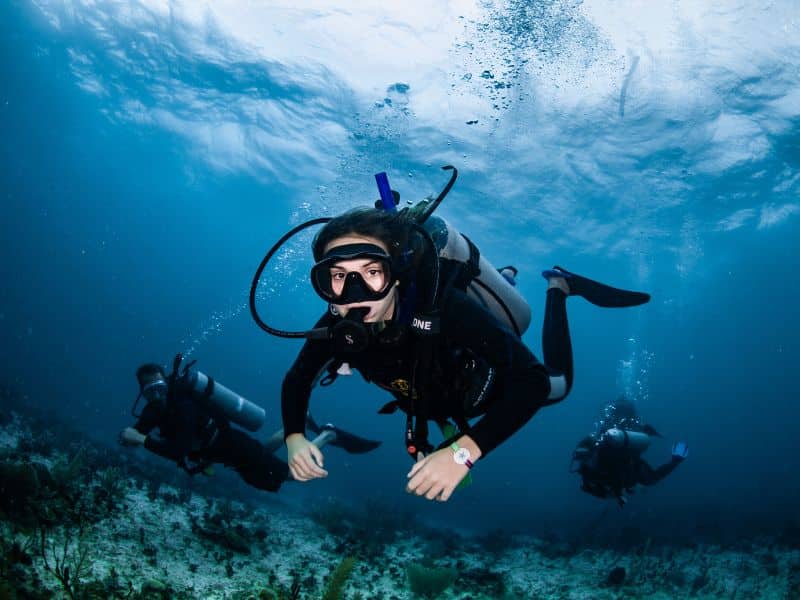Divers’ decompression is a concept we hear about soon in our first diving lesson. It is always present in our minds when we practice our favorite sport, but we are rarely clear about what diver’s decompression is and what this really means.
The dives we do in recreational diving, within the safety limit, do not require a decompression stop beyond the recommended safety stop. This fact causes many people to refer to recreational diving as “no-decompression diving”. But no-decompression diving does not exist. The fact is that you cannot make a no-decompression dive. So, the question is this.
What Does Divers’ Decompression Consist Of?
Humans cannot breathe underwater unless they are supplied with air. Scuba divers carry compressed air in their tanks. The most common gas mixture is 79% nitrogen and 21% oxygen. Pure oxygen is very harmful, so we mix it with an inert gas such as nitrogen or helium in the case of Trimix. The toxicity limit of nitrogen is 40 meters, which is also the depth limit for recreational diving.







